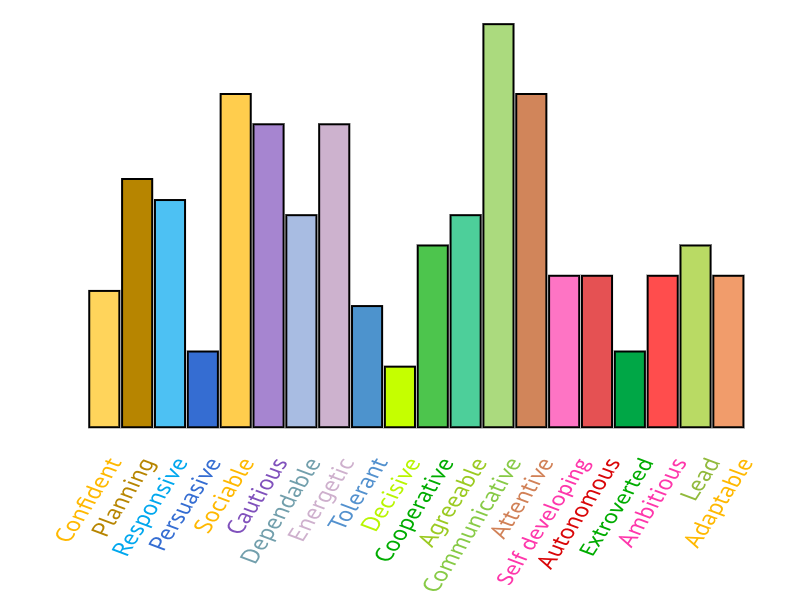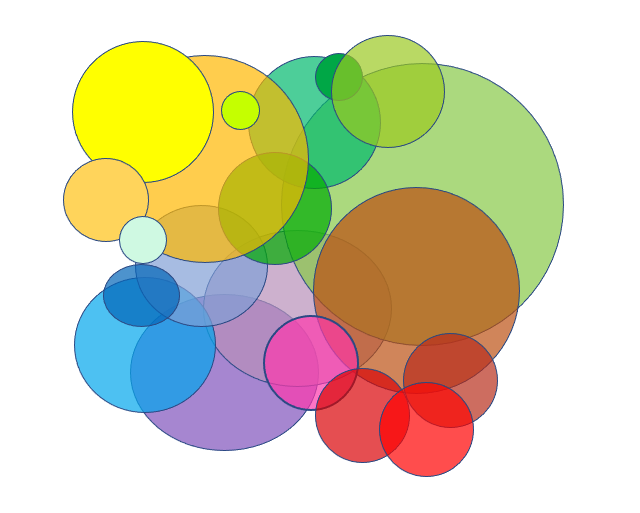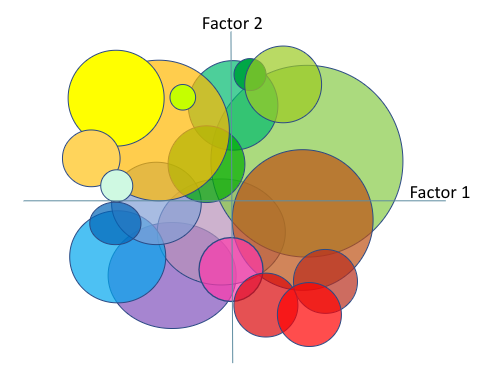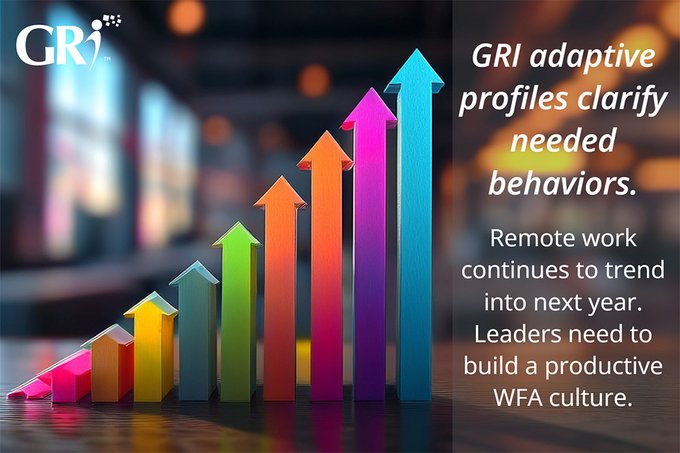The Factor Approach: What It Is and Why It Matters
Posted by Frederic Lucas-Conwell

The Factor Approach: What It Is and Why It Matters
We are increasingly pressured to understand what makes us engaged in our job. People are continually challenged to be mindful of their well-being and become more resilient than ever. The work environment is expected to provide an environment for personal growth as well as the opportunity to achieve.
The Factor approach enables breakthrough solutions. it greatly refines the understanding of our behaviors and provides insight into the conditions for adaptation and change.
When deployed in organizations, the factor approach puts the spotlight on people and helps them rethink work, recruitment, and management. It provides a new lens that is behavioral in nature, practical, objective, and highly effective when put into action.
Where Factors Come From
Factors emerged from research into personality in the 1960s - 1990s, a time when personality assessments started being more frequently used in recruitment. We call them personality factors, behavior factors, or simply factors.
In a workplace context, traits vary greatly to describe people and their behaviors: More than 700 traits are generally cited such as leadership, compassion, cooperativeness, confidence, etc.
People express some traits more frequently and intensely than others. The diagram below represents an individual. This is how some personality systems are assessing traits and how they are generally used in management and recruitment, such as when we look for "creativity", “integrity”, “grit” or “leadership”.

But the reality of traits is closer to the following representation, with significant overlaps.

Behavior Factors
Factors are quite different. Consider them as a reduced number of dimensions that are very dense.
Two factors are represented in the figure below. Our understanding is even greater with more factors in a three or four-dimensional space.

Factors help refine the description of traits, and with them, a person's behaviors, related emotions, drives, and motivation. They:
- Come in a reduced number. Four factors are more than sufficient, absorbing 95% of the variance described by traits
- Inform how one is driven to perform when being auto assessed
- Are more or less intensely expressed
- Adapt to situations when the person needs to and receives support to do so
- Remain consistent over time and are thus predictable
- Are universal and not related to a specific gender, age, race, or culture
- Apply to job descriptions, team dynamics, and the behavioral component of a company’s culture.
The Benefits of Factors for Well-being and Resilience

The benefit of using a personality-factor approach is a refined understanding of how people function and what motivates them beyond intuition. This is simply not possible with the most common approach based on traits.
At an organizational level, factors inform how people learn and perform in their job. Factors can tell how people are in flow, their level of adaptation, and their state of well-being.
Other aspects of well-being and resilience pertain to the company culture and its management: How will people behave in a team setting? What will this mean for recruitment and onboarding? How to recruit and onboard new candidates? How will those in management positions probably express candor and lead?
Answers to the above “how questions” for each individual, come with the assessment of their factors and how they are used by them and their organization. With the GRI, factors are represented in a visual profile for each individual that helps to answer many ‘how’ questions.
The GRI Profile and Factors
The GRI profile includes four factors in a visual representation of one's flow and adaptation. The four factors are the four color-coded points below connected with lines.

← low side high side →
The four factors in each graph are plotted in relation to an average (the black triangle at the bottom middle of the graph). They are separated from the average by a distance calculated in standard deviation (the scale below and above the profile).
The more distant a factor is to the left (low side) or to the right (high side) of the average, the more intense it is, the more resources it takes to move the factor toward the average and beyond. The four factors are interpreted together in relationship with each other.
This visual representation provides a broad yet subtle understanding of how a person performs that can effectively be taken into a wide range of applications including self-awareness, recruitment, team building, leadership, and organizational development.
Please Contact Us to learn more.
Latest Articles
Groupama Successful Transformation in Romania: The GRI, Catalyst for Profound Change
The history of Groupama in Romania is an eloquent testament to resilience, strategic vision, and the transformative impact of innovative management tools. Arriving at the...
Hybrid Work: A Management Revolution
The COVID-19 pandemic has acted as an unprecedented catalyst, radically transforming our approach to work. What was once a marginal practice has become the norm for many...
Leadership 3.0: Objective Insights for People-Centric Leaders
Steve, a brilliant entrepreneur, poured his heart into his work. His team at "Innovatech" was on the brink of a major breakthrough, a new app that promised to revolutionize...



